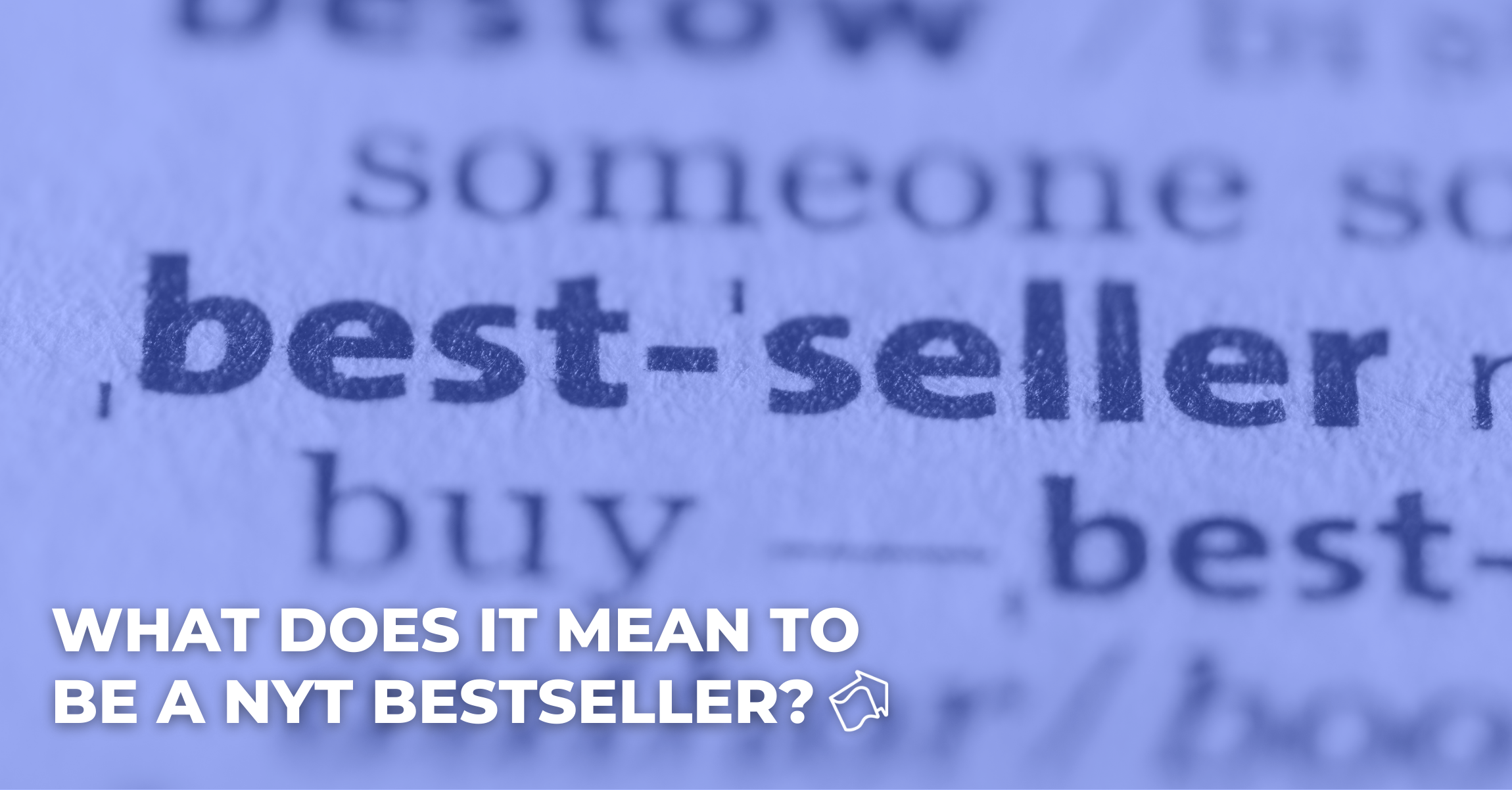For many authors, writing a book that becomes a bestseller is their dream goal. But what does it really take to become a bestselling author?
In the most broad strokes, you’ll want to sell at least 5,000-10,000 books in a single week in order to be considered by any of the major bestseller lists. Unfortunately, there’s no magic number of sales that will guarantee you a spot on a list.
And when you focus on the New York Times bestseller list in particular — which is perhaps the most well-known and considered by many to be the most prestigious — things get even more hazy.
The NYT bestseller list isn’t representative of pure sales data alone. After all, recording every sale of every book within the U.S. in a single week is an impossible task. So, there’s some wiggle room as far as accuracy goes. But, there are also other factors that appear to work for or against certain books.
Right away in the against category, we have certain genres that are excluded from the list. At the time of writing this article, NYT states that “the categories not actively tracked at this time are: perennial sellers, required classroom reading, textbooks, reference and test preparation guides, e-books available exclusively from a single vendor, journals, workbooks, calorie counters, shopping guides, periodicals and crossword puzzles.”
If not all genres are created equal in the eyes of The New York Times, the same can be said about retailers.
NYT has said it receives sales reports from some, but not all, independent bookstores, along with (we assume) major retailers like Amazon and Barnes & Noble. Since not all stores report to The New York Times, some sales may go unrecorded.
It’s also been rumored that diversity in sales will work in a book’s favor. The idea is that if sales are coming in from retailers in different regions across the country, and if the retailers vary from indie stores to big-box chains, this will increase an author’s chance of hitting the list.
This approach has caused some authors who sell the majority of their books on Amazon, and who appear to have met sales quotas, to question why they’ve not been featured in the NYT’s list. It’s possible that NYT favors sales from indie bookstores and that these carry more weight than sales via Amazon. This could be for legitimacy reasons, as NYT tends to be suspicious of authors or publishers who try to game the system.
As far as we know, a list of all indie stores that report to The Times is not publically available. That said, many authors will try to identify stores they believe report to NYT, and then they will arrange events with those stores, hoping to boost their rankings.
There’s nothing inherently wrong with this strategy. It’s always a good idea to connect with indie bookstores, and if they happen to report your sales, even better! But, some authors have taken to more aggressive sales-boosting strategies that NYT frowns upon.
For example, some authors have admitted to purchasing bulk orders of their book from NYT-reporting stores with the intention of hands-selling them later on. But, if a book’s sales appear to be artificially inflated by bulk orders, The Times may not count those sales at all. Or, if they do, they’ll place a dagger next to the book’s title to denote that the sales numbers may have been given an unfair boost.
We get why authors are keen on making the NYT bestseller list. It usually results in increased sales and it’s excellent for branding. It’s an honor that you can carry with you throughout your career. Any book you publish in the future can have the words “NYT bestselling author” on it!
However, there are no shortcuts to making the list. Many authors who appear to have done everything “right” by getting the 5,000-10,000 sales they hoped for are left disappointed when they don’t make the list.
Instead of making bestseller status your primary goal, try setting your sights on the stepping stones that may lead you there, such as building strong, lasting relationships with indie booksellers, or growing your fanbase and running a successful pre-order campaign.
You may surprise yourself by all you can accomplish, and after each milestone achievement, you may even find yourself an unexpected bestseller.

Jackie Karneth is a publicist with Books Forward is an author publicity and book marketing firm committed to promoting voices from a diverse variety of communities. From book reviews and author events, to social media and digital marketing, we help authors find success and connect with readers.
Interested in what’s possible for your book sales and building readership? Check out our services, tell us your goals, and get a customized publicity campaign tailored just for you.

